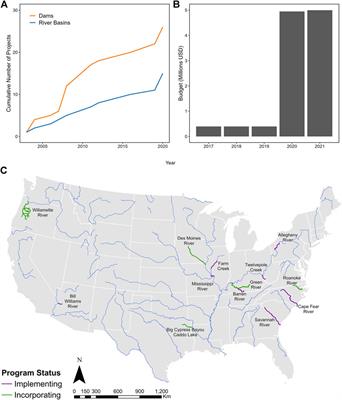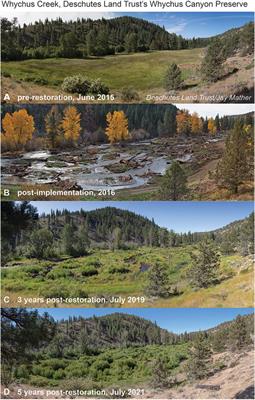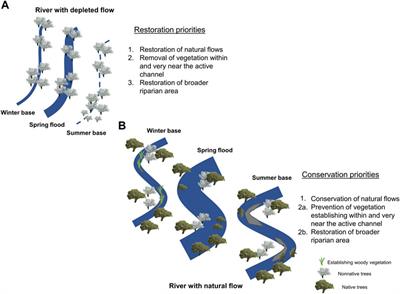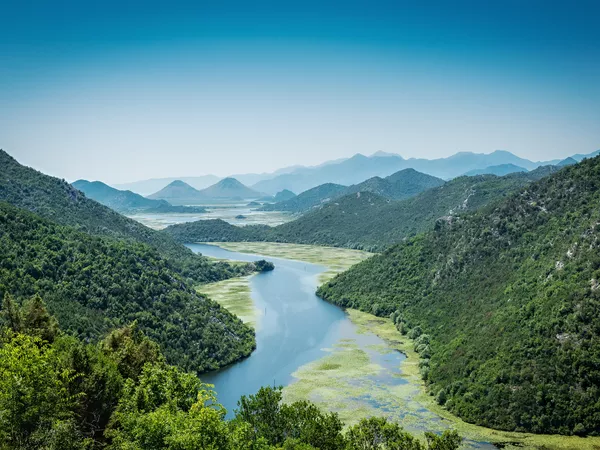EDITORIAL
Published on 10 Oct 2022
Editorial: River and watershed restoration, rehabilitation, and conservation: Challenges, actions, and perspectives
doi 10.3389/fenvs.2022.1032628
- 1,820 views
- 1 citation
3,337
Total downloads
18k
Total views and downloads
You will be redirected to our submission process.
EDITORIAL
Published on 10 Oct 2022
ORIGINAL RESEARCH
Published on 08 Sep 2022

ORIGINAL RESEARCH
Published on 29 Aug 2022

ORIGINAL RESEARCH
Published on 15 Jul 2022

PERSPECTIVE
Published on 16 May 2022

ORIGINAL RESEARCH
Published on 22 Mar 2022

